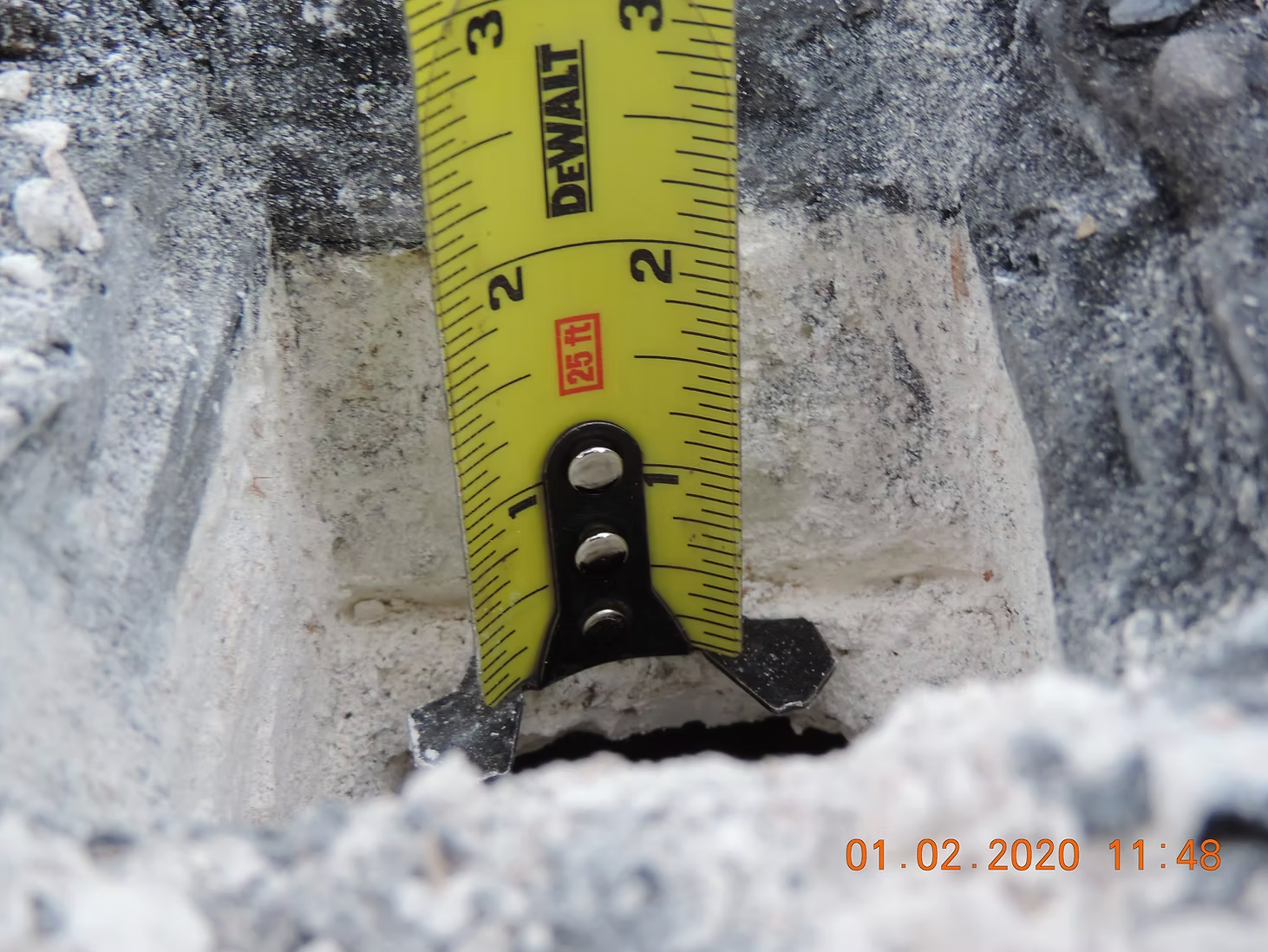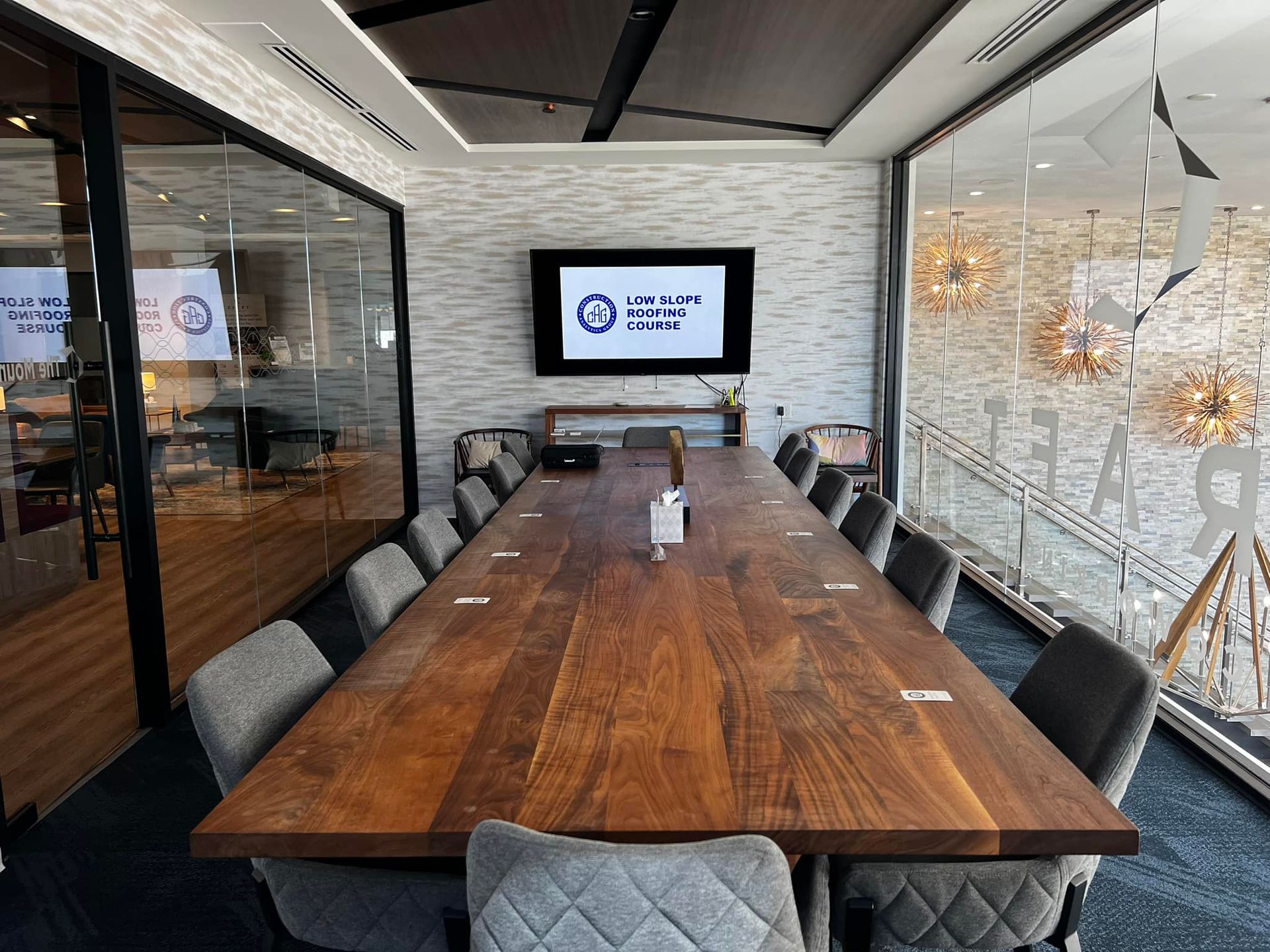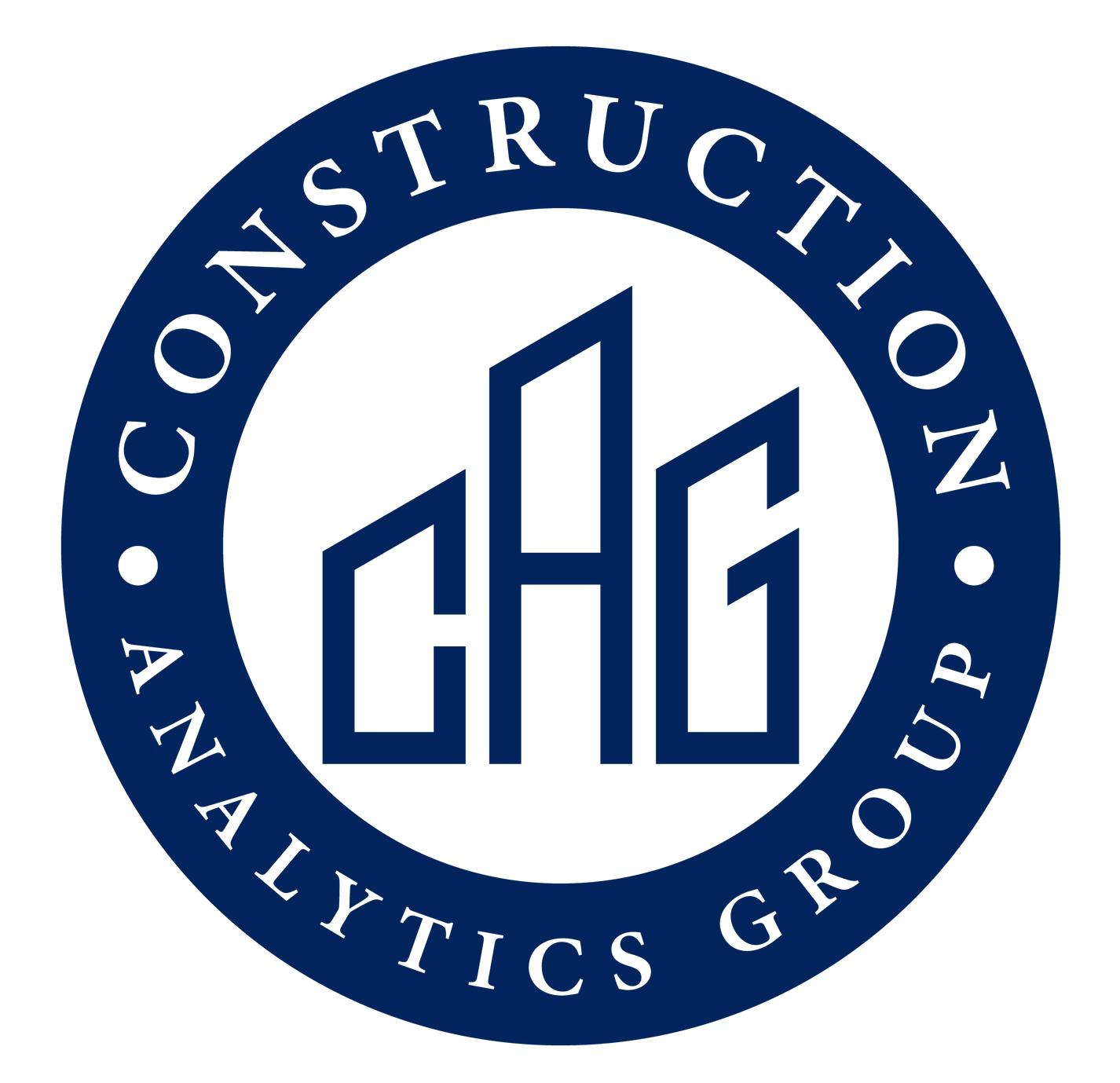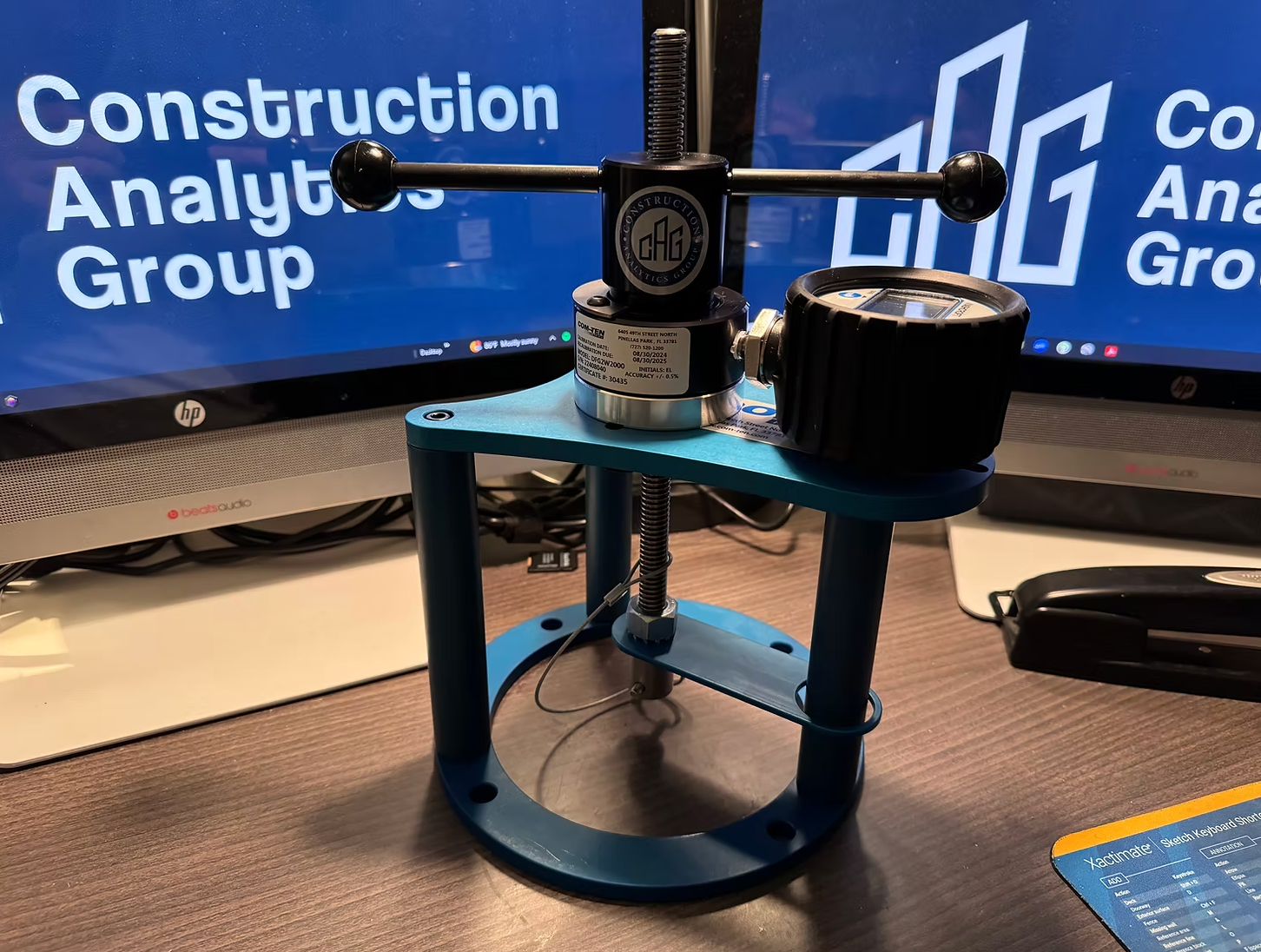Blog

When hailstorms strike, commercial building owners often face tough choices regarding roof damage. Minor hail impacts—especially to polyisocyanurate (polyiso) insulation—can leave many wondering if they need a costly roof replacement. While some industry experts might quickly suggest replacing the roof upon seeing fractured facer sheets on polyiso insulation, it’s essential to dig deeper. In this post, we will explore the real effects of minor hail damage, backed by thermal analysis. By looking at potential increases in energy costs and other factors, we aim to clarify when a roof replacement truly makes sense. Understanding Polyisocyanurate Insulation Polyisocyanurate insulation is widely used in commercial roofing because of its excellent thermal performance and remarkable durability. It consists of rigid foam insulation encased between two protective facers. This combination makes polyiso renowned for its effective insulating properties. Despite its advantages, hail can cause damage by fracturing the facer sheet. The critical question then becomes: does minor damage to the facer sheet alone significantly impact the roof’s performance? In many cases, you might find that the answer is no. Thermal Analysis: A Closer Look Thermal analysis is an essential method for assessing damage impact on energy efficiency. Studies show that minor hail damage often results in negligible effects on thermal performance. For example, over a roof's lifespan, energy losses due to such damage might only amount to about $500 to $1,000. This raises an important question: is it sensible to replace a $500,000 roof for a condition that may cost under .1-.2% of that amount in energy losses? The Cost-Benefit Equation When dealing with hail damage, property owners need to weigh the financial implications of replacement versus repair. Roof replacements often involve significant costs: estimates indicate that a commercial roof replacement can range from $1 to $2 per square foot, translating to hundreds of thousands, if not millions of dollars for expansive commercial buildings. If minor hail damage leads to just hundreds of dollars in increased energy costs over the remaining lifespan of a roof, is replacement really reasonable? Commercial property owners and those investigating property insurance claims should pursue additional insights to ensure such decisions are based on factual data. Other Considerations While thermal performance is an important attribute to commercial low-slope roof assemblies, there are additional aspects that can impact the decision about roof replacement: Tensile Strength: The strength of the insulation board can be compromised by hail damage. A thorough evaluation will let property owners know if the insulation still performs effectively under tension. These considerations are important as it relates to wind uplift resistance. Membrane Adherence: For roofs with adhered membranes, it is important to check how well the membrane adheres to the underlain insulation. Studies show that severe hail events can cause wind uplift resistance to be diminished in fully adhered systems. Expert Insight It’s smart for those responsible for making roof replacement decisions to consult qualified roofing experts when assessing hail damage. Experts can provide insights that go beyond surface appearances, factoring in performance aspects such as thermal efficiency, tensile strength, and membrane adherence. Conducting a thorough thermal analysis can help clarify the extent of damage and enhances decision-making accuracy. Final Thoughts Minor hail impact damage to polyisocyanurate insulation should not automatically trigger full roof replacement. While minor fractures to facer sheets can be initially concerning, thermal analysis shows that energy losses are often minimal and equate to a very small fraction of the cost of full roof replacement. Before committing to expensive repairs, commercial building owners and insurance carriers evaluating claims or hail damage to low-slope commercial roof assemblies should evaluate thermal analysis alongside other factors like tensile strength and membrane adherence. Consulting professionals can provide valuable insights to make an informed choice.

I always have found it interesting that "lightweight concrete" or "LWC" is such a broadly used term intended to describe a wide array of composite structural roof deck types, some of which are not cementitious at all... The misnomer "LWC" can be broken down into many various types: Lightweight concrete consisting of lightweight aggregate such as perlite or vermiculite. These aggregates are also referred to as "expanded aggregates". Lightweight aggregate makes for lightweight concrete. Lightweight concrete consisting of an injected foam solution. This variant is known as "cellular concrete" or "air-entrained concrete" ( see Figure 1 ) and can be confirmed by the small air bubbles visible within a cured pour.

In today's fast-paced world, professionals in property insurance and construction must keep pace with rapid changes in technology, regulations, and best practices. Continuous learning is essential, not just to thrive but to survive in these competitive fields. This blog post highlights how specialized training services can significantly boost your career, focusing on offerings from trusted Continuing Education Providers of the International Institute of Building Enclosure Consultants (IIBEC) and Xactimate User Certification courses. Why Continuous Education Matters The need for ongoing education is critical in industries that evolve constantly. For example, a 2022 study found that 70% of workers believe their skills could be outdated in the next three years. This statistic underscores the urgency for professionals to adapt and grow. Whether you’re an insurance adjuster managing intricate claims or a project manager orchestrating complex construction projects, enhancing your skill set improves your credibility and productivity. Tailored Training Services We offer a diverse array of specialized training courses designed to meet the unique needs of professionals in the property insurance and construction sectors. From foundational training for newcomers to advanced courses for seasoned experts, our curriculum is constructed to assist you wherever your current expertise level may be. Flexible Learning Options Recognizing the busy schedules of our participants, we provide both in-person and virtual courses through our user-friendly Learning Management System (LMS). This system enables you to choose courses that fit your schedule and learning style. With our virtual offerings, professionals can engage in high-quality training from any location, eliminating travel constraints. This flexibility ensures that valuable skills are always within reach, ready for application in your work environment. IIBEC Continuing Education Recognition As an approved Continuing Education Provider for IIBEC, we deliver courses that are recognized across the industry. These offerings help you stay current on the latest trends in building enclosure performance and consulting. Curriculum Based on Industry Standards Our course curriculum includes the latest industry standards and best practices, ensuring you acquire the most relevant skills for your job. For example, industry standards published by ASTM International. What distinguishes our training is the focus on both theoretical understanding and practical application. By bridging the gap between knowledge and implementation, our training prepares you to apply what you learn directly to your daily responsibilities. Mastering Xactimate User Certification Xactimate is a critical tool in the property insurance industry, streamlining the estimating and claims management processes. A significant 85% of companies in property insurance prefer candidates who are proficient in this software, making certification particularly valuable. Boosting Your Career with Xactimate Skills Completion of Xactimate User Certification not only enhances your expertise but prominently boosts your professional reputation. As many organizations seek certified professionals who can utilize this powerful tool adeptly, achieving certification can elevate you above your peers. Our interactive training sessions are designed to ensure you master Xactimate for various applications, from conducting accurate property valuations to performing detailed damage assessments. Take Charge of Your Career Growth The right training services focused on property insurance and construction can have a transformative effect on your career. Continuous education, skill enhancement, and opportunities for networking are just a few of the key benefits associated with specialized training. As technology and industry standards evolve, keeping up to date with relevant training is vital. Whether you pursue IIBEC-accredited courses or gain proficiency in Xactimate, investing in these training programs will equip you with the essential tools to excel in your field.

